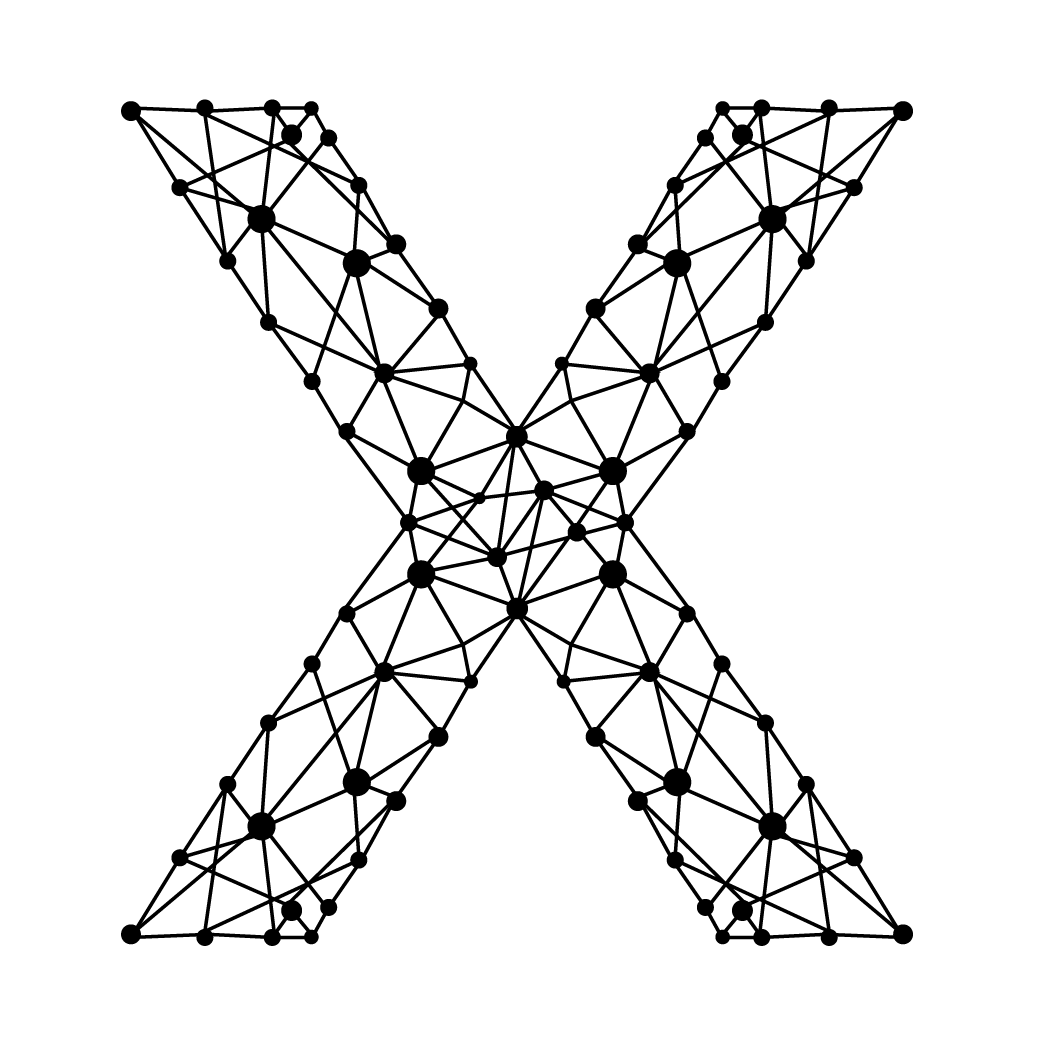Ethernet Switching
Ethernet switching is a fundamental technology used in local area networks (LANs) to forward Ethernet frames from one port to another efficiently. It operates at Layer 2 (Data Link Layer) of the OSI model and enables devices to communicate within a network.
Ethernet Frame Structure
The Ethernet frame consists of several fields:
| Field | Description | Size | Example Usage |
|---|---|---|---|
| Preamble | Helps receivers synchronize with the incoming data. | 7 bytes | Initial sequence of alternating 1s and 0s. |
| Start of Frame Delimiter (SFD) | Indicates the start of the Ethernet frame. | 1 byte | 8-bit pattern signaling the start of the frame. |
| Destination MAC Address | Identifies the intended recipient of the frame. | 6 bytes | MAC address of the receiving device. |
| Source MAC Address | Identifies the sender of the frame. | 6 bytes | MAC address of the transmitting device. |
| Ethertype / Length | Specifies the protocol used in the data portion of the frame. | 2 bytes | 0x0800 for IPv4, 0x86DD for IPv6, or frame length. |
| Data (Payload) | Carries the payload of the frame, such as IP packets. | 46 - 1500 bytes | Actual data being transmitted. |
| Frame Check Sequence (FCS) | Checksum for error detection. | 4 bytes | CRC-32 calculation of the entire frame. |
Example Usage of Ethernet Header Fields
- Destination MAC Address: Used by switches to forward frames to the correct destination based on MAC address tables.
- Source MAC Address: Indicates the sender of the frame, allowing receivers to identify the source device.
- Ethertype / Length: Specifies the type of protocol or the length of the data field in the frame, determining how the payload should be processed.
- Data (Payload): Carries the actual data being transmitted, such as IP packets or other higher-layer protocol data.
- Frame Check Sequence (FCS): Enables the receiving device to detect errors in the frame by verifying the integrity of the received data.
How Ethernet Switching Works and Its Importance
Ethernet switching is a crucial technology in local area networks (LANs) that facilitates the efficient transmission of data between devices. Here’s how it works:
- Frame Forwarding: When a device sends an Ethernet frame, the switch receives it on one of its ports.
- MAC Address Learning: The switch examines the source MAC address of the incoming frame and updates its MAC address table.
- Destination Lookup: Using the destination MAC address in the frame, the switch checks its MAC address table to determine the appropriate outgoing port.
- Frame Forwarding: The switch forwards the frame only to the port where the destination device is located, reducing unnecessary traffic.
- Broadcast and Unknown Unicast: If the destination MAC address is not found in the table, the switch forwards the frame to all ports except the incoming port (broadcast) or floods it to all ports (unknown unicast).
Without Ethernet switching, networks would rely on older technologies like hubs, which transmit data to all connected devices indiscriminately. This leads to increased collisions, congestion, and inefficiency.
Importance of Ethernet Switching:
- Efficiency: Switches reduce network congestion and improve performance by selectively forwarding frames only to the intended recipient.
- Security: They enhance network security by isolating traffic and preventing unauthorized access to data.
- Scalability: Ethernet switching supports scalable network growth by providing dedicated bandwidth for each port and accommodating more devices.
- Manageability: Network administrators can easily monitor and manage traffic flows using switches, ensuring optimal network operation.
- Reliability: Switches improve network reliability by minimizing collisions and providing redundancy options through link aggregation and spanning tree protocols.
Conclusion
Ethernet switching and the structure of Ethernet frames are essential concepts in networking. They enable efficient data transmission within LANs and ensure reliable communication between devices. Understanding Ethernet frame structure and header fields is crucial for network engineers to configure, monitor, and troubleshoot Ethernet networks effectively.
